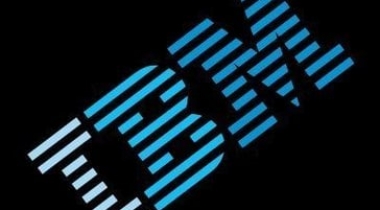NetAppRAID-DPtechnology, a standard feature of the Data ONTAPoperating system, is a double-parity RAID 6 implementation that prevents data loss when two drives fail.
Raid DP
Customer Reviews
Raid DP Reviews
Md Tanjil Islam B.
Advanced user of Raid DPWhat do you like best?
The size of the disk group, hassle-free management. It is integrated with WAFL (write anywhere file layout) to ensure the performance. It provides data protection and performance. It also provides performance insight through ActiveIQ, which reflects the configuration guidelines, best practices, configuration issues, and size recommendation based on usage.
Information can be exported to keep them for records. Which helps an organization to meet compliance needs.
The support team is very responsive and expert to provide any breakfix, when required.
What do you dislike?
RAID-DP is a very good feature, I'm unable to find any feature right now that I do not like.
The only cons are it requires 2 extra disks along with capacity disks and spare disks will be added to this count.
Recommendations to others considering the product:
Please consider 23 disks for the disk group and keep a minimum of 1 spare disk out of 24 disks on a shelf. Disks are always used to increase the IOPS but it is good to configure it shelf based.
There is another new feature on Data Ontap called RAID-TEC (triple erasure coding). Which is used for extended data protection in the RAID groups.
What problems are you solving with the product? What benefits have you realized?
Mostly deployed Netapp storage have RAID-DP as default raid. It ensures data availability when one or two disks fail from the group.
Most of the aggregates are created with the RAID-DP to ensure the data will remain safe and ensure the IOPS that the application requires can be delivered as needed.














